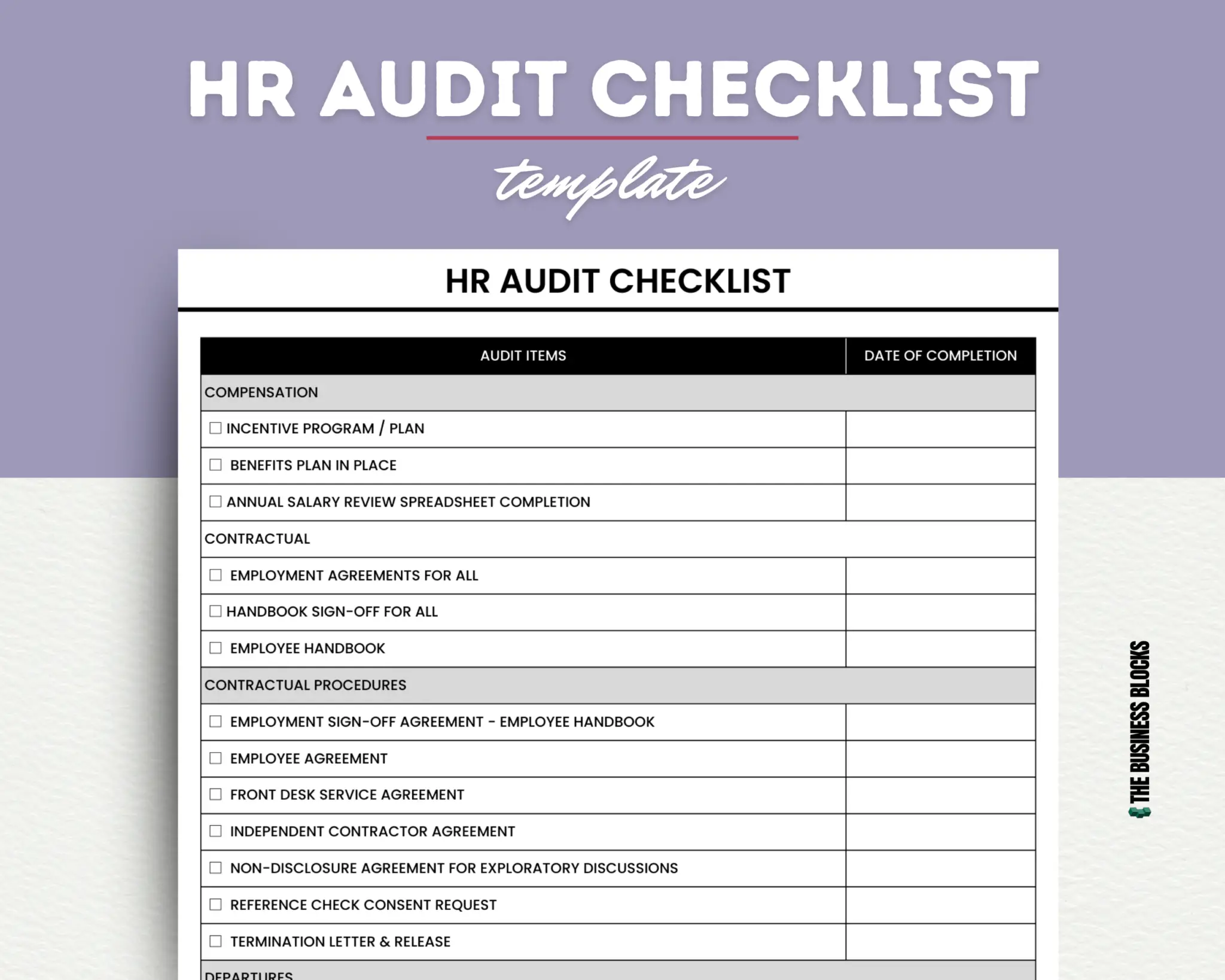The Process of Conducting a Statutory Audit Step-by-Step
페이지 정보
작성자 Tonia De Little 작성일25-03-13 22:32 조회2회 댓글0건관련링크
본문
Conducting a statutory audit is an important process that helps make sure the monetary accuracy and reliability of a company or group. It entails a thorough evaluation and examination of the company's monetary records to verify their accuracy and to ensure compliance with related laws and laws. The process may be advanced and entails many different steps, from planning and preparation to finalizing the audit report. In this article, we will take a step-by-step look at the technique of conducting a statutory audit.
In this article, we will take a step-by-step look at the technique of conducting a statutory audit.
Step 1: Planning and Preparation
Step one in conducting a statutory audit is planning and preparation. This involves identifying the scope of the audit, figuring out the audit targets and scope of labor, and establishing a timeline for the audit. The auditor can even want to assemble and review the corporate's monetary information, as well as relevant legal guidelines and regulations, to know the requirements for the audit.
Step 2: Danger Evaluation
A risk assessment is an important step within the audit course of. It includes figuring out potential risks and areas of concern that may affect the company audit services singapore's financial statements. The auditor will conduct an preliminary danger evaluation to find out the areas that require additional evaluation. It will help the auditor to deal with the most critical areas and allocate sources accordingly.
Step 3: Audit Planning and Engagement
After the preliminary threat assessment, the auditor will develop an audit plan, which outlines the scope of the audit, the audit procedures to be carried out, and the timeline for the audit. The auditor may also signal an engagement letter with the shopper, which outlines the phrases of the audit engagement, including the scope, targets, and duties of the auditor and the consumer.
Step four: Fieldwork
The fieldwork stage is the most crucial part of the audit course of. Throughout this stage, the auditor will perform the actual auditing procedures, equivalent to testing transactions, examining financial records, and making observations. The auditor can even interview key personnel, together with management and employees, to achieve a greater understanding of the corporate's operations and processes.
Step 5: Sampling
Sampling is a technique used by the auditor to test a consultant pattern of transactions, accounts, or populations. The sample is selected to ensure it is representative of the complete population and that the sampling methodology is appropriate for the purpose of the audit. The auditor will evaluate the sample to determine whether or not it is per the accounting information and to identify any discrepancies or variations.
Step 6: Analytical Procedures
Analytical procedures are utilized by the auditor to guage the financial statements and to identify traits, anomalies, or unexplained differences. The auditor will perform analytical procedures, equivalent to ratio evaluation, trend evaluation, and financial assertion analysis, to realize a greater understanding of the company's efficiency and monetary place.
Step 7: Completion of Audit Work
Once the fieldwork is accomplished, the auditor will evaluate the results of the audit, including any findings or discrepancies. The auditor may also review and finalize the audit report, which will document the findings and recommendations of the audit. The final audit report will define any potential deficiencies or control points and can doc the auditor's opinion on the monetary statements.
Step 8: Audit Report
The ultimate audit report is a vital document that summarizes the outcomes of the audit. The report will doc the auditor's opinion on the monetary statements, any findings or suggestions, and evidence of compliance with laws and regulations. The final audit report will probably be presented to the administration and the board of administrators and shall be filed with regulatory our bodies, as required.
Step 9: Comply with-up
After the audit is accomplished, the auditor will carry out a follow-up to make sure that any findings or suggestions from the audit have been carried out. The auditor may even evaluate the effectiveness of the company's inside controls and be sure that they are operating successfully.
In conclusion, conducting a statutory audit is a posh course of that entails many different steps, from planning and preparation to finalizing the audit report. The auditor should observe a systematic strategy to the audit to make sure that the financial statements are correct and dependable. By following these steps, the auditor can conduct a radical and effective audit that provides worthwhile insights into the company's financial place and performance.
댓글목록
등록된 댓글이 없습니다.
